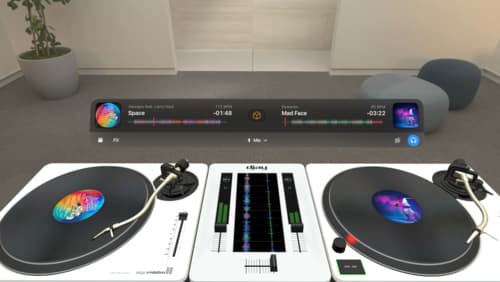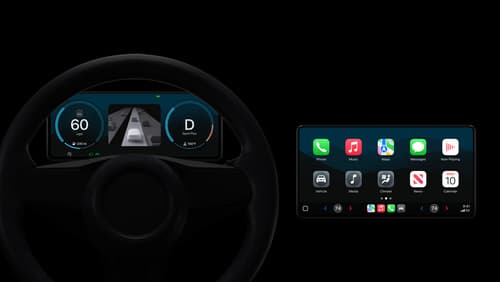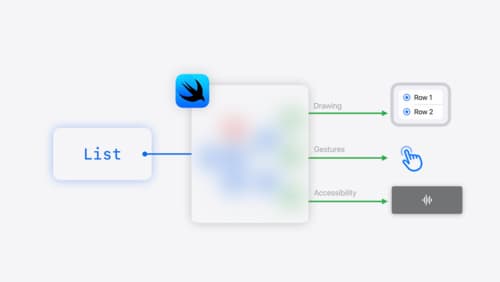so UIView/UIWindow has got a frame inside which its content or subviews are being layed out and displayed ?
Asked on 2025-01-21
1 search
In UIKit, a UIView or UIWindow has a frame property that defines its position and size within its parent view's coordinate system. The content or subviews of a UIView are laid out and displayed within this frame. This concept is fundamental to how views are managed and displayed in UIKit.
For more advanced layout management, such as dynamically adjusting layouts based on content size or accessibility settings, you might consider using UIStackView. A stack view provides the logic needed to lay out subviews either vertically or horizontally, and it can automatically adjust to changes in content size, such as when text size changes to an accessibility size. This is discussed in the session Get started with Dynamic Type (08:01).
If you're interested in how these concepts translate to SwiftUI, the session Demystify SwiftUI containers (06:03) explains how subviews are managed within SwiftUI's declarative system, where views are defined as a recipe for producing resolved subviews.

Design great visionOS apps
Find out how to create compelling spatial computing apps by embracing immersion, designing for eyes and hands, and taking advantage of depth, scale, and space. We’ll share several examples of great visionOS apps and explore how their designers approached creating new experiences for the platform.

Meet the next generation of CarPlay architecture
Dive into the architecture for the next generation of CarPlay. Learn how your vehicle system works with iPhone to create a single cohesive experience that showcases the best of your car and iPhone. Learn how UI is rendered and composited, and explore ways to configure and customize a special experience for each vehicle model. This session is intended for automakers and system developers interested in the next generation of CarPlay.

SwiftUI essentials
Join us on a tour of SwiftUI, Apple’s declarative user interface framework. Learn essential concepts for building apps in SwiftUI, like views, state variables, and layout. Discover the breadth of APIs for building fully featured experiences and crafting unique custom components. Whether you’re brand new to SwiftUI or an experienced developer, you’ll learn how to take advantage of what SwiftUI has to offer when building great apps.
